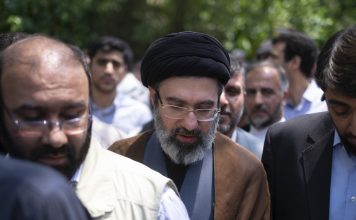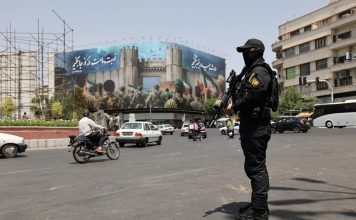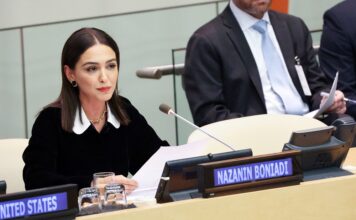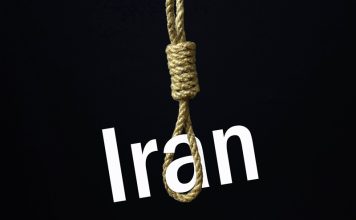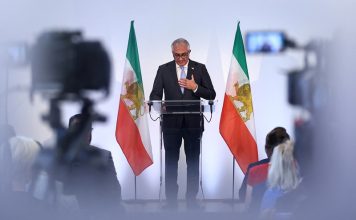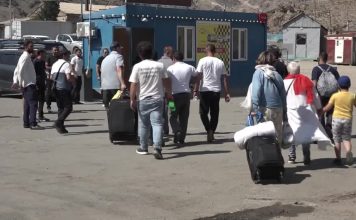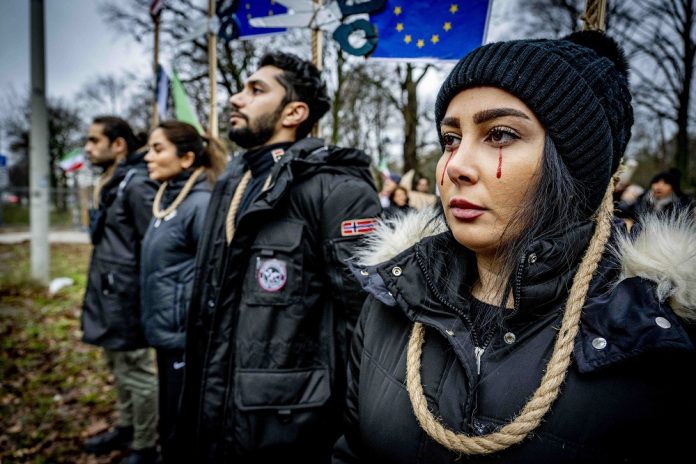
By Ahmad Rafat
The Islamic Republic’s execution machinery shows no signs of slowing down.
Iran executed at least 70 people in January alone. The number of those killed by the regime in 2023 exceeded 700.
In recent months, opposition to capital punishment has become a significant campaign for civil rights and social justice activists in Iran and abroad.
In the past four decades, capital punishment has been an integral part of the Islamic Republic’s systematic disregard for human life and denying its people access to humane justice.
Iran executed six political and ideological prisoners in a single week.
The Islamic Republic is waging war.
It is waging war on the people of Iran— just having executed four more prisoners.
And it is waging war on the world— just having killed three American soldiers and wounded dozens more in Jordan via its proxies.
There is only one solution:…
— Reza Pahlavi (@PahlaviReza) January 29, 2024
Execution has been politicized more than at any other time in the 44-year history of the Islamic Republic.
Besides its moral implications and direct impact on the civil and legal rights of people, capital punishment has gained a significant political dimension, given that the Iranian state has used it to eliminate political and ideological activists.
In the people’s fight against the minority rule of the Islamic Republic, capital punishment plays a crucial role in determining the Islamic Republic’s eventual survival or demise.
Arguments over continuing or halting the state’s execution apparatus pose two irreconcilable questions for maintaining or dismantling the existing political system in Iran.
There has been a marked increase in the number of executions since the government of President Ebrahim Raisi took power on Aug. 5, 2021, compared to the previous five years.
Raisi was a member of the “Death Committee,” formed by Ruhollah Khomeini, the founder of the Islamic Republic, which sentenced to death thousands of political prisoners (between 3,000 and 5,000, depending on the source) who were already serving prison sentences handed down by previous courts.
Spreading death throughout Iranian society and devaluing human lives are integral parts of the oppressive state apparatus.
The increasing number of people sentenced to death and executed since last year reveals the regime’s addiction to systematic killing.
The Islamic Republic’s total disregard for the sanctity of human life is not limited to its opponents and critics; it also extends to ordinary Iranians and even the regime’s supporters.
Although the state uses execution as a method to ensure its survival, overusing it could increase opposition, stopping it from being a viable tool for the regime.
An official or unofficial halt to capital punishment could hasten the collapse of the Islamic Republic.
Opposition to capital punishment and efforts to ban executions are now part of the political agenda of democracy movements.
The number of executions rose in Iran with the start of the ‘Woman, Life, Freedom’ movement.
By increasing the number of executions, particularly those of political and ideological prisoners, the state aims to terrorize the public, hoping to dissuade protesters from pouring into the streets.
While frightening the public could be effective in the short run, it has energized the anti-capital-punishment movement in recent years.
Opposition to capital punishment and efforts to ban executions are now part of the political agenda of democracy movements.
In an unprecedented move, more than 110 teachers and educators, 18 student organizations in various Iranian universities, dozens of political prisoners, dozens of workers’ guilds, and mothers seeking justice, including surviving families of those executed in years following the 1979 Islamic Revolution, have issued a statement opposing capital punishment.
Also, 61 political and ideological prisoners in the Evin Prison’s women’s ward went on hunger strike, protesting capital punishment.
Besides protests in Iran, there have been others recently in various cities in Europe, Australia, Japan, Canada, and the U.S.

